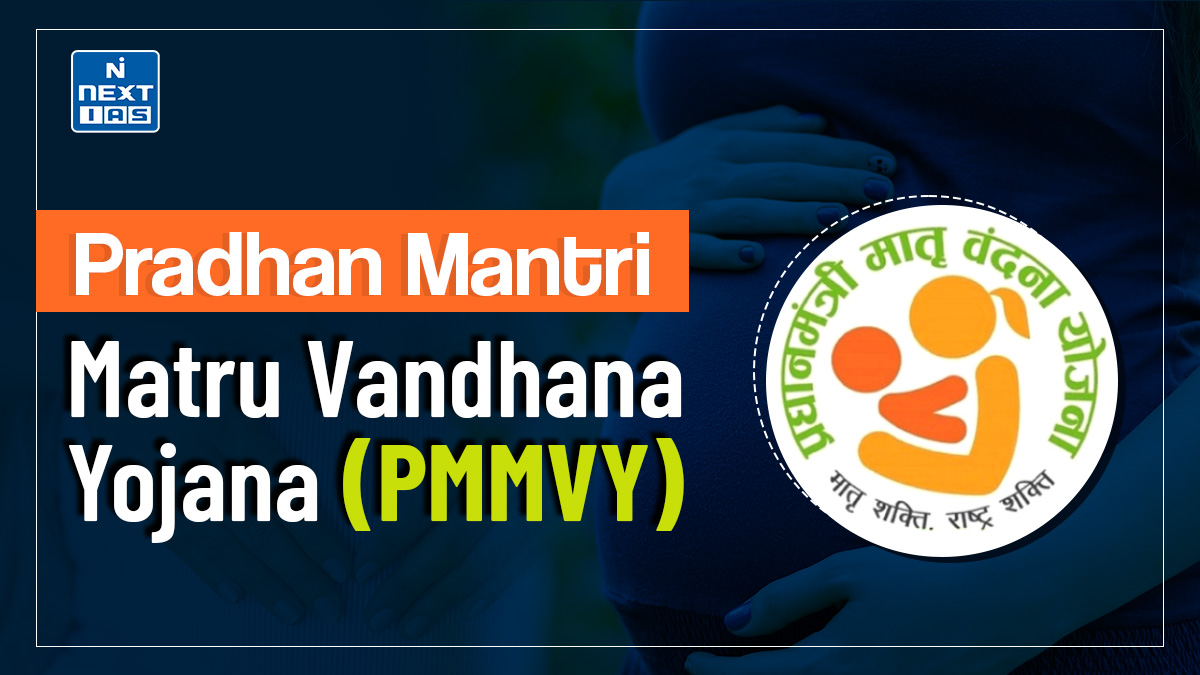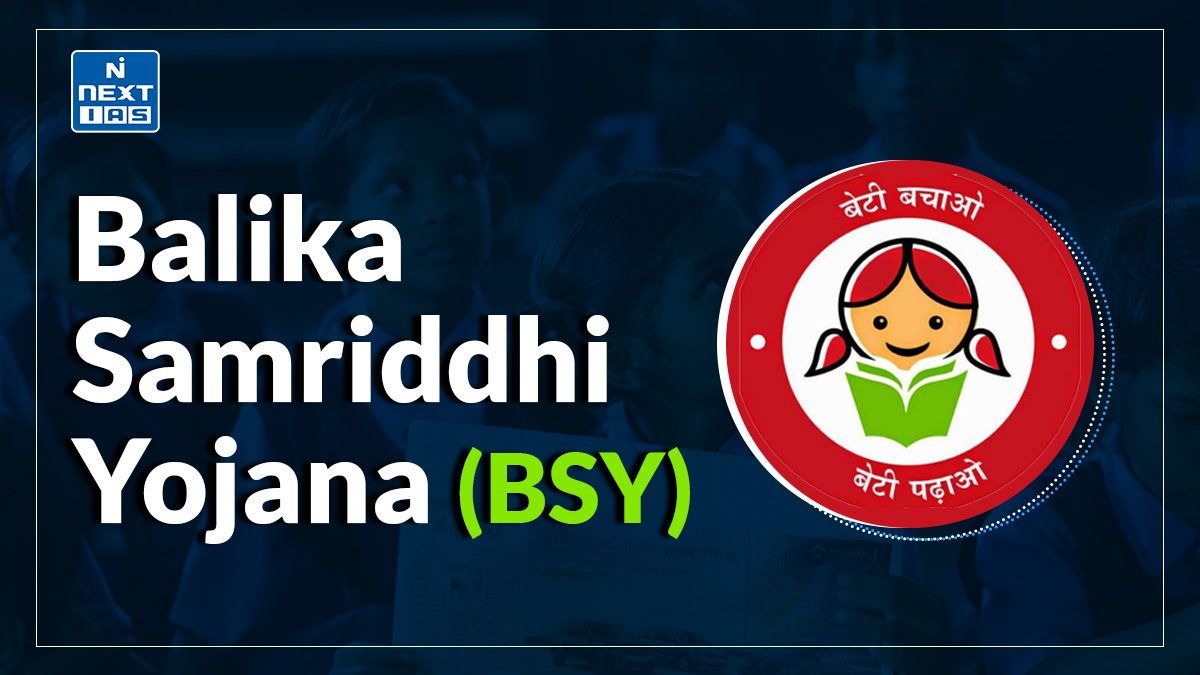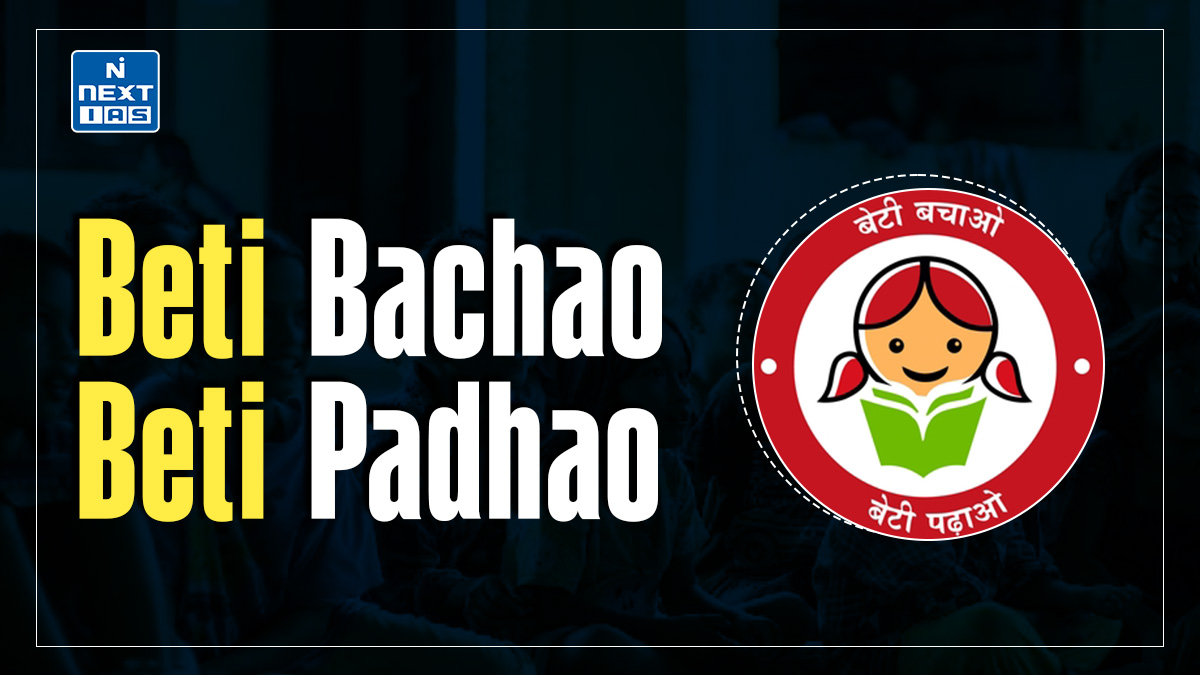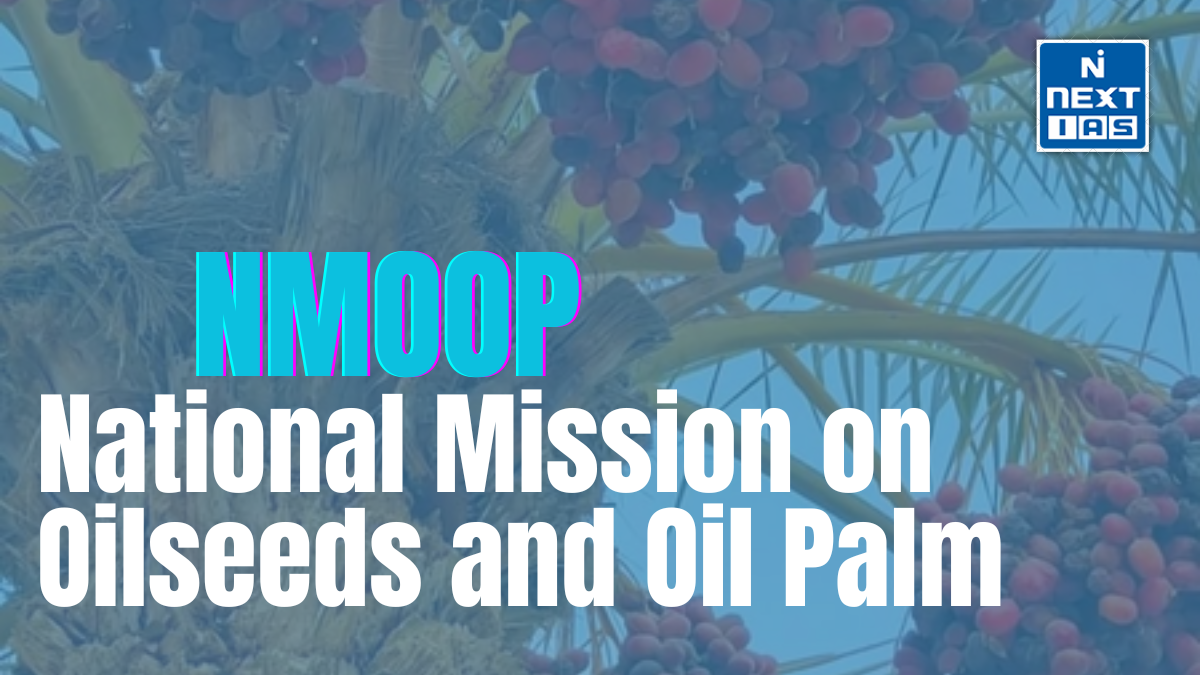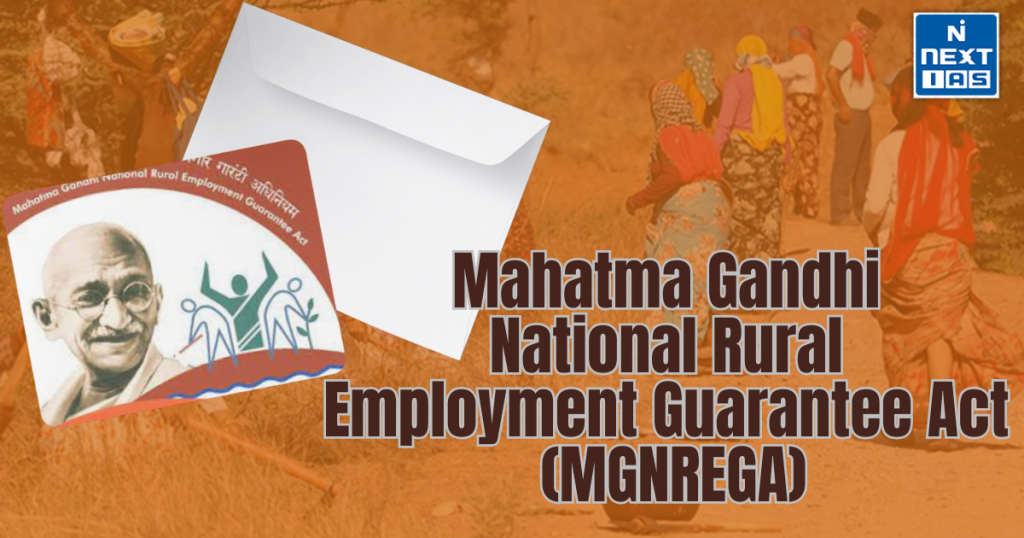
National Rural Employment Guarantee Act 2005 (or, NREGA No 42, later renamed as the “Mahatma Gandhi National Rural Employment Guarantee Act”, MGNREGA), is an Indian labour law and social security measure that aims to guarantee the ‘right to work’.
About the Mahatma Gandhi National Rural Employment Guarantee Act (MGNREGA)
- It aims to enhance livelihood security in rural areas by providing at least 100 days of wage employment in a financial year to every household whose adult members volunteer to do unskilled manual work.
- The MGNREGA was initiated with the objective of “enhancing livelihood security in rural areas by providing at least 100 days of guaranteed wage employment in a financial year, to every household whose adult members volunteer to do unskilled manual work”.
- Another aim of MGNREGA is to create durable assets (such as roads, canals, ponds, and wells). Employment is to be provided within 5 km of an applicant’s residence, and minimum wages are to be paid.
- If work is not provided within 15 days of applying, applicants are entitled to an unemployment allowance. Thus, employment under MGNREGA is a legal entitlement.
- MGNREGA is to be implemented mainly by gram panchayats (GPs). The involvement of contractors is banned.
- Labour-intensive tasks like creating infrastructure for water harvesting, drought relief, and flood control are preferred.

Features of the Mahatma Gandhi National Rural Employment Guarantee Act
- Guaranteed Wage Employment
- Ensures 100 days of guaranteed wage employment per financial year to every rural household willing to do unskilled manual work.
- Universal Coverage for Rural Households
- Applicable to all rural households that volunteer for work, promoting inclusive development.
- Legal Right to Employment
- MGNREGA provides a legal guarantee of employment, ensuring accountability from the government.
- Time-Bound Work Allocation
- Employment must be provided within 15 days of application; otherwise, the applicant is entitled to unemployment allowance.
- Equal Wages and Gender Parity
- Ensures equal pay for men and women, promoting gender empowerment and financial independence.
- Transparent Wage Payments
- Wages are paid through bank or post office accounts, reducing corruption and ensuring timely payments.
- Focus on Rural Infrastructure Development
- MGNREGA projects include water conservation, afforestation, rural connectivity, and irrigation facilities, contributing to sustainable development.
- Social Audit and Transparency
- Mandates social audits to ensure transparency, accountability, and proper fund utilization.
- Empowerment of Local Governance
- Strengthens Gram Panchayats by allowing decentralized planning and execution of projects.
Objectives of the Mahatma Gandhi National Rural Employment Guarantee Act
- Providing Guaranteed Wage Employment
- MGNREGA ensures at least 100 days of wage employment per year to every rural household willing to do unskilled manual work.
- It offers economic stability to rural laborers, reducing dependence on seasonal employment.
- Reducing Rural Poverty
- By offering sustainable livelihood opportunities, MGNREGA helps in poverty alleviation and income generation for marginalized communities.
- Empowering Rural Workforce
- The Act promotes gender equality by ensuring equal wages for men and women.
- It provides employment to Scheduled Castes (SC), Scheduled Tribes (ST), and other disadvantaged groups, fostering social inclusion.
- Creating Durable Rural Assets
- The program supports projects such as water conservation, irrigation, rural roads, and afforestation, which enhance rural infrastructure and boost agricultural productivity.
- Preventing Distress Migration
- By offering local employment opportunities, MGNREGA reduces migration to urban areas in search of work.
- Ensuring Transparency and Accountability
- MGNREGA mandates social audits, timely wage payments, and direct benefit transfers (DBT) to minimize corruption and enhance efficiency.
Significance of the Mahatma Gandhi National Rural Employment Guarantee Act (MGNREGA)
- Employment Generation & Poverty Alleviation
- Provides guaranteed employment to rural households, reducing seasonal unemployment and distress migration.
- Ensures minimum wages, improving the financial stability of rural workers.
- Women Empowerment
- MGNREGA promotes gender equality by ensuring equal wages for men and women.
- A significant percentage of beneficiaries are women, leading to greater financial independence.
- Rural Infrastructure Development
- Encourages the creation of durable assets such as roads, irrigation facilities, and water conservation structures.
- Enhances agricultural productivity by improving water resources and soil conservation.
- Social Inclusion
- Benefits marginalized communities, including Scheduled Castes (SCs), Scheduled Tribes (STs), and other vulnerable groups.
- Provides a social safety net, ensuring livelihood security for the poor.
- Transparency & Accountability
- Uses Direct Benefit Transfer (DBT) to prevent leakages and corruption.
- Implements social audits to ensure transparency in wage payments and project execution.
Lacunae of the Mahatma Gandhi National Rural Employment Guarantee Act (MGNREGA)
- Delay in Wage Payments
- One of the major issues is the delayed payment of wages, often exceeding the stipulated 15-day period.
- This discourages workers from participating, reducing the effectiveness of the scheme.
- Fund Shortages and Budget Cuts
- Insufficient budget allocations lead to delayed payments, fewer work opportunities, and incomplete projects.
- Many states struggle to meet wage demands due to funding constraints.
- Corruption and Leakages
- Fake job cards, ghost beneficiaries, and misappropriation of funds have been reported.
- Middlemen and local officials often exploit loopholes, leading to fund leakages.
- Lack of Durable Asset Creation
- The scheme focuses on providing employment, but many projects do not result in sustainable infrastructure or productive assets.
- Poor planning leads to unproductive work that has minimal long-term impact.
- Limited Awareness and Participation
- Many rural workers, particularly women and marginalized communities, are unaware of their entitlements.
- Social audits and grievance redressal mechanisms are weak in many states.
- Seasonal Nature of Work
- Work availability is often limited to certain months, leading to migratory distress when employment is not available.
Key Pointers on Mahatma Gandhi National Rural Employment Guarantee Act (MGNREGA) for UPSC CSE Prelims
Enactment & Objective
- Enacted in 2005, came into effect in 2006.
- Aims to provide 100 days of guaranteed wage employment to rural households.
Coverage
- Applicable across all districts in India except those with 100% urban population.
Key Features
- Demand-driven scheme – Work is provided on demand, not allocation-based.
- Unskilled manual labor – No contractors or machinery allowed.
- Wages paid through Direct Benefit Transfer (DBT) to prevent corruption.
- Work to be provided within 15 days of demand, else unemployment allowance is given.
Implementation
- Implemented by Gram Panchayats with funds from the Central Government.
- 60:40 wage-material ratio maintained at the Gram Panchayat level.
Funding
- 100% central funding for wages in Union Territories.
- 90:10 cost-sharing between the Centre and States for wages.
Social Inclusion
- One-third of the beneficiaries must be women.
- Special provisions for SCs, STs, and differently-abled persons.
Transparency & Accountability
- Social audits conducted by Gram Sabhas.
- Use of MIS (Management Information System) to track funds and progress.
Way Forward
To strengthen MGNREGA, focus on better wage revisions, skill development, and asset creation. Enhance digital monitoring, timely payments, and climate-resilient projects. Integrate with agriculture and rural industries for sustainable livelihoods. Strengthen women’s participation and social audits to ensure transparency and long-term rural economic growth.
Conclusion
The Mahatma Gandhi National Rural Employment Guarantee Act (MGNREGA) empowers rural communities by ensuring livelihood security through guaranteed wage employment. It reduces poverty, enhances infrastructure, and promotes inclusive growth. By fostering economic resilience and social equity, MGNREGA remains a key driver of rural development and sustainable employment in India.
